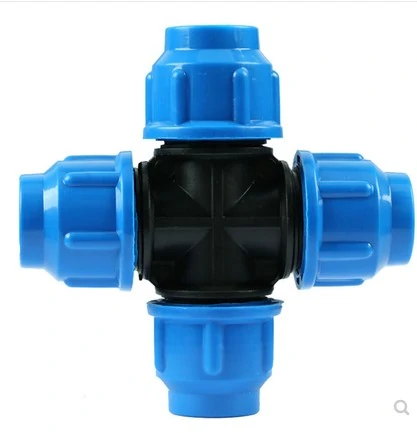Oct . 31, 2024 12:50 Back to list
63mm PPR Pipe Manufacturers and Their Quality Production Techniques
Understanding 63mm PPR Pipe Manufacturing A Comprehensive Overview
In the world of plumbing and piping systems, PPR (Polypropylene Random Copolymer) pipes have carved out a significant niche due to their durability, resistance to corrosion, and lightweight properties. Among the various sizes of PPR pipes available, the 63mm diameter pipes are particularly popular for various applications, including water supply, heating systems, and industrial processes. This article will explore the manufacturing process of 63mm PPR pipes, highlighting the factory operations that ensure high-quality production.
The Raw Materials
The core material used for producing PPR pipes is polypropylene, specifically a form known as random copolymer. This material is favored for its excellent chemical resistance, thermal stability, and high impact strength. The process begins with sourcing high-quality polypropylene pellets, which are essential for producing reliable and durable pipes. Factories typically conduct stringent quality checks to ensure that the raw materials meet industry standards before they are used in the manufacturing process.
The Production Process
The production of 63mm PPR pipes involves several steps, all integrated into a streamlined operation to maximize efficiency. Here’s a breakdown of the manufacturing process
1. Extrusion The raw polypropylene pellets are fed into an extruder, where they are heated and melted. The molten material is then forced through a die that shapes it into a continuous pipe of the desired diameter (63mm in this case). The extrusion process is crucial, as it determines the uniformity and strength of the pipe walls.
63mm ppr pipe factory

2. Cooling and Calibration Once the pipe is extruded, it is immediately cooled using a water bath to solidify the shape. Following cooling, the pipe undergoes calibration, where it is resized and shaped to ensure that the diameter is precisely 63mm. This step is vital for ensuring that the pipes fit standard connectors and fittings.
3. Cutting After calibration, the continuous length of the pipe is cut into manageable sections, typically ranging from 4 to 6 meters, depending on customer specifications. Accuracy in cutting is essential for ensuring that each piece is uniform and meets the required lengths.
4. Quality Control Quality assurance is paramount in the manufacturing of PPR pipes. Each batch of pipes undergoes rigorous testing to check for any defects, including tests for pressure resistance, dimensional accuracy, and surface quality. Factories often employ advanced testing equipment to ensure that every 63mm PPR pipe meets industry regulations and is suitable for use in various applications.
5. Packaging and Dispatch Finally, the pipes are carefully packaged to prevent damage during transportation. Proper packaging is crucial for maintaining the integrity of the pipes, ensuring that they reach customers in pristine condition.
Conclusion
In summary, the manufacturing of 63mm PPR pipes involves careful selection of raw materials, precise production techniques, and rigorous quality control measures. PPR pipes provide an excellent solution for plumbing and piping needs, thanks to their durability and resistance to corrosion. As the demand for reliable piping systems continues to grow, the importance of well-managed factories that produce high-quality PPR pipes will only increase, ensuring that both residential and industrial markets have access to efficient solutions for their water and heating needs.
-
High-Quality PVC Borehole Pipes Durable & Versatile Pipe Solutions
NewsJul.08,2025
-
High-Quality PVC Perforated Pipes for Efficient Drainage Leading Manufacturers & Factories
NewsJul.08,2025
-
High-Quality PVC Borehole Pipes Durable Pipe Solutions by Leading Manufacturer
NewsJul.08,2025
-
High-Quality PVC Borehole Pipes Reliable PVC Pipe Manufacturer Solutions
NewsJul.07,2025
-
High-Quality UPVC Drain Pipes Durable HDPE & Drain Pipe Solutions
NewsJul.07,2025
-
High-Quality Conduit Pipes & HDPE Conduit Fittings Manufacturer Reliable Factory Supply
NewsJul.06,2025

